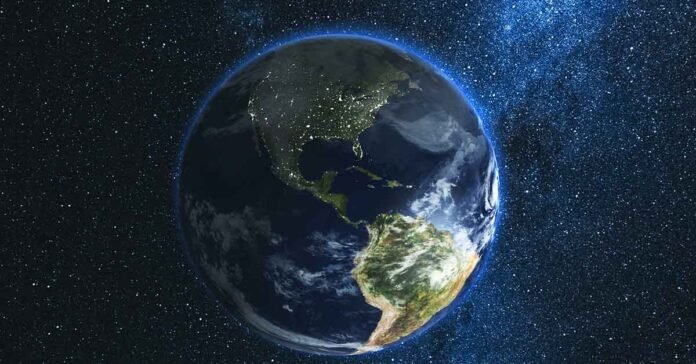Over the past two decades, the Earth has tilted by 31.5 inches—a startling revelation that has left scientists concerned about the broader implications of human activities on the planet’s stability.
This tilt is primarily attributed to the redistribution of groundwater due to extensive human consumption and agricultural irrigation, as documented in a study published in Geophysical Research Letters.
Between 1993 and 2010, approximately 2,150 gigatons of groundwater were pumped and eventually found their way to the oceans. This redistribution equates to a global sea-level rise of 0.24 inches.
Geophysicist Ki-Weon Seo of Seoul National University explains, “Among climate-related causes, the redistribution of groundwater actually has the largest impact on the drift of the rotational pole”.
The Earth’s spin, as well as how it is tilted, is influenced by shifting mass, adjusts significantly as water moves from midlatitudes such as western North America and northwestern India to the oceans. This shift underscores the profound interconnectedness of human actions and planetary dynamics.






